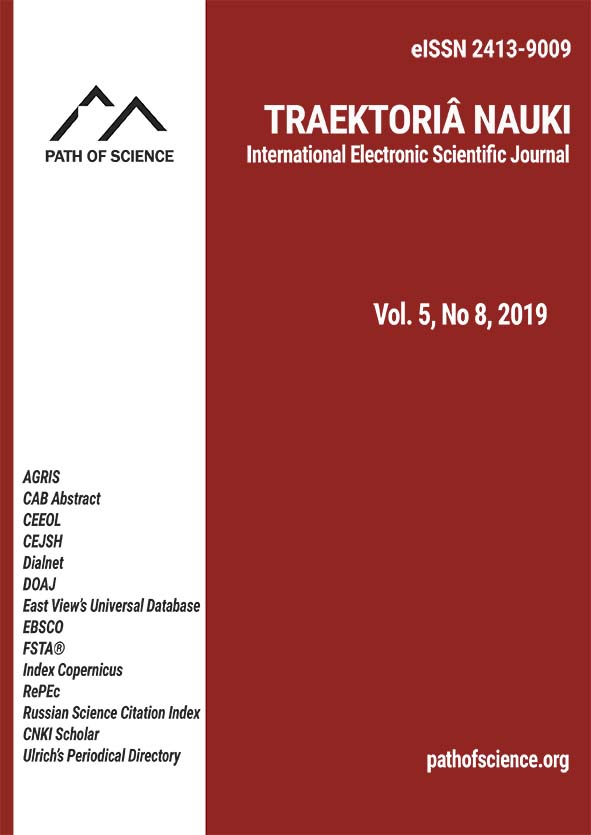Formulation and Characterization of Adhesive Produced From Polystyrene Waste Using Response Surface Optimization
Formulation and Characterization of Adhesive Produced From Polystyrene Waste Using Response Surface Optimization
Author(s): Lucas Albert Jerome Hamidu, Umar Omeiza Aroke, Odeh Adey Osha, Idris Misau MuhammadSubject(s): Energy and Environmental Studies, Human Ecology, Scientific Life
Published by: Altezoro, s. r. o. & Dialog
Keywords: adhesive; characterization; formulation; polystyrene waste; response;
Summary/Abstract: Polystyrene is extensively used in building and construction industry, packaging and transportation of fragile equipment due its low density, high melting point, low thermal conductivity, low water absorption, etc. Polystyrene after usage is usually discarded thereby causing environmental problems. The post-usage of polystyrene has, therefore, been a subject of intense research in recent times. The aim of this work is to produce adhesive from polystyrene wastes. Polystyrene waste (PS) was collected, processed and dissolved in tackifyer and formulated with diphnyle amine and diethylene glycol dibenzoate additives to produce adhesive using 3 levels variables factors and 4 levels testing factors of design expert optimization software. The produced adhesive was further characterized for viscosity, pH, percentages solid and moisture contents for their response surfaces. The results showed that the best fit viscosity for each run was Run 1B> Run 5A > Run 5D> Run 5B>Run 4D based on the regression analysis and analysis of variance (ANOVA). The pH values obtained ranged from 4.0 to 6.3; percentage moisture content was in the order of Run 1B < 5A<4D<4B and percentage solid content was in the order of Run 1B<5A<4D. The best fitted adhesive was run 1B with 5.93 % moisture content; 5A has 7.57 % moisture content and 4D with 8.76% moisture content. The percentage solid content; Run 1B has 67.19 %, 5A has 68.16 % and 4D has 75.50 %. The produced adhesives were found within the standard range of adhesives used in production of particleboard.
Journal: Traektoriâ Nauki
- Issue Year: 5/2019
- Issue No: 08
- Page Range: 2001-2009
- Page Count: 9
- Language: English

